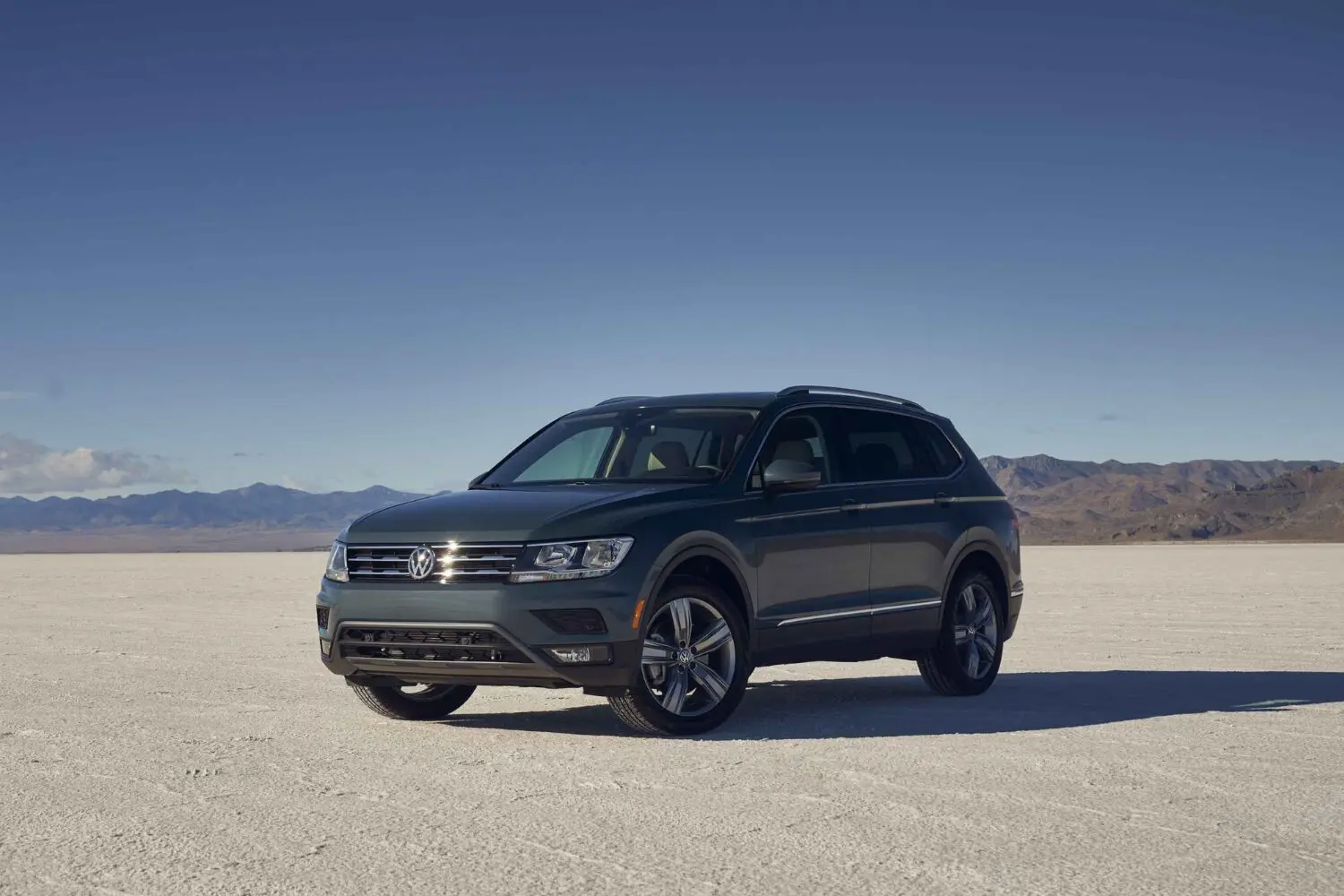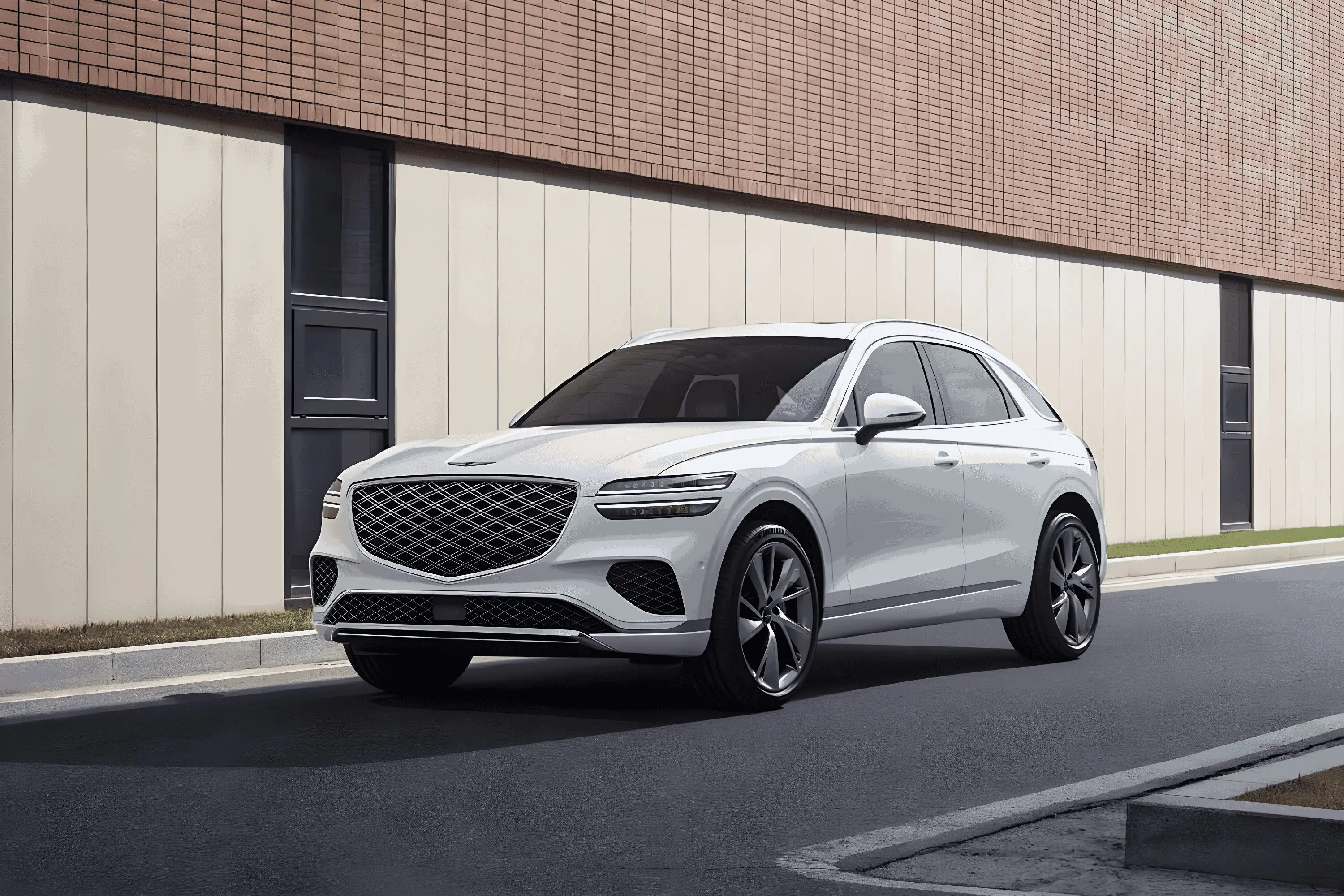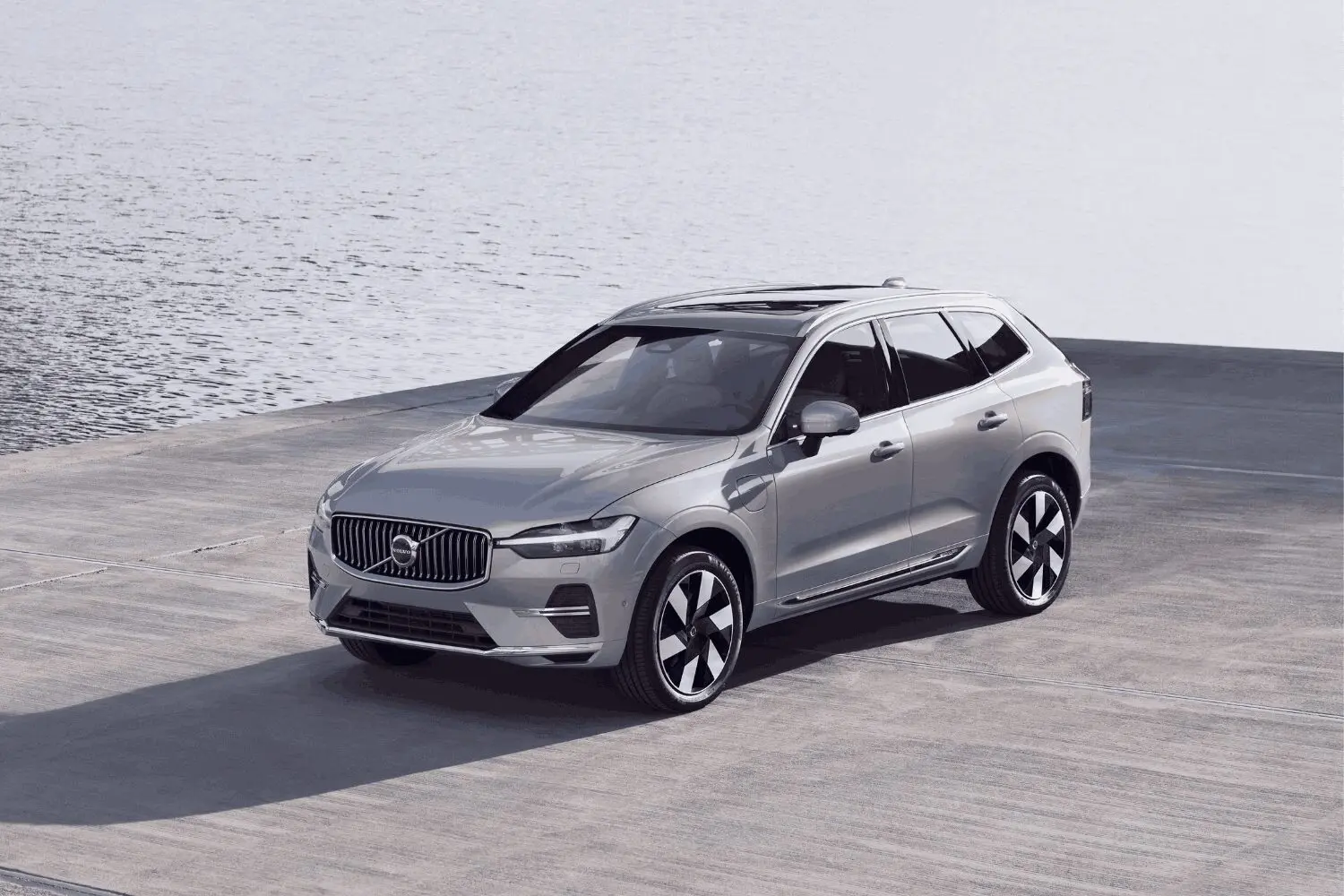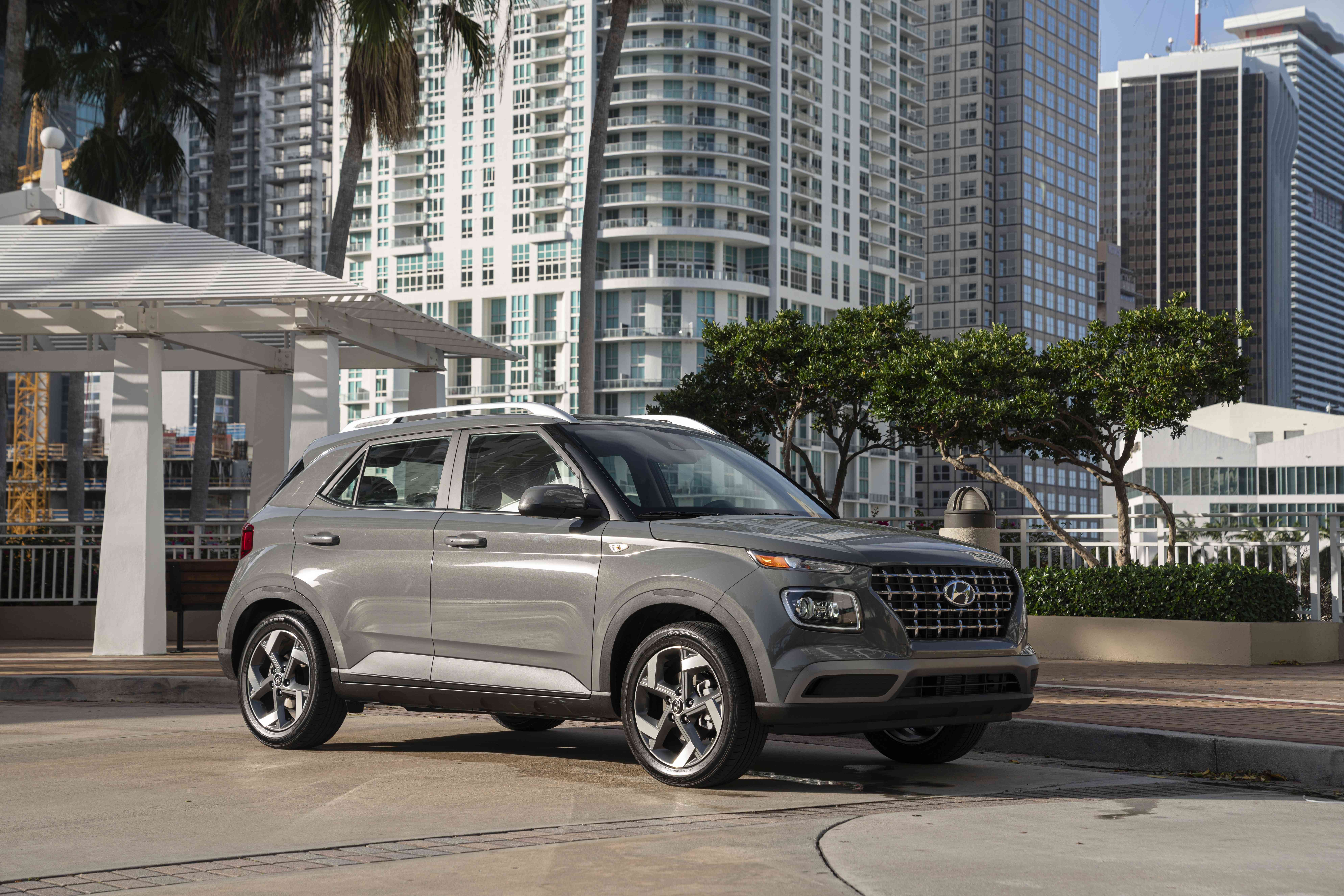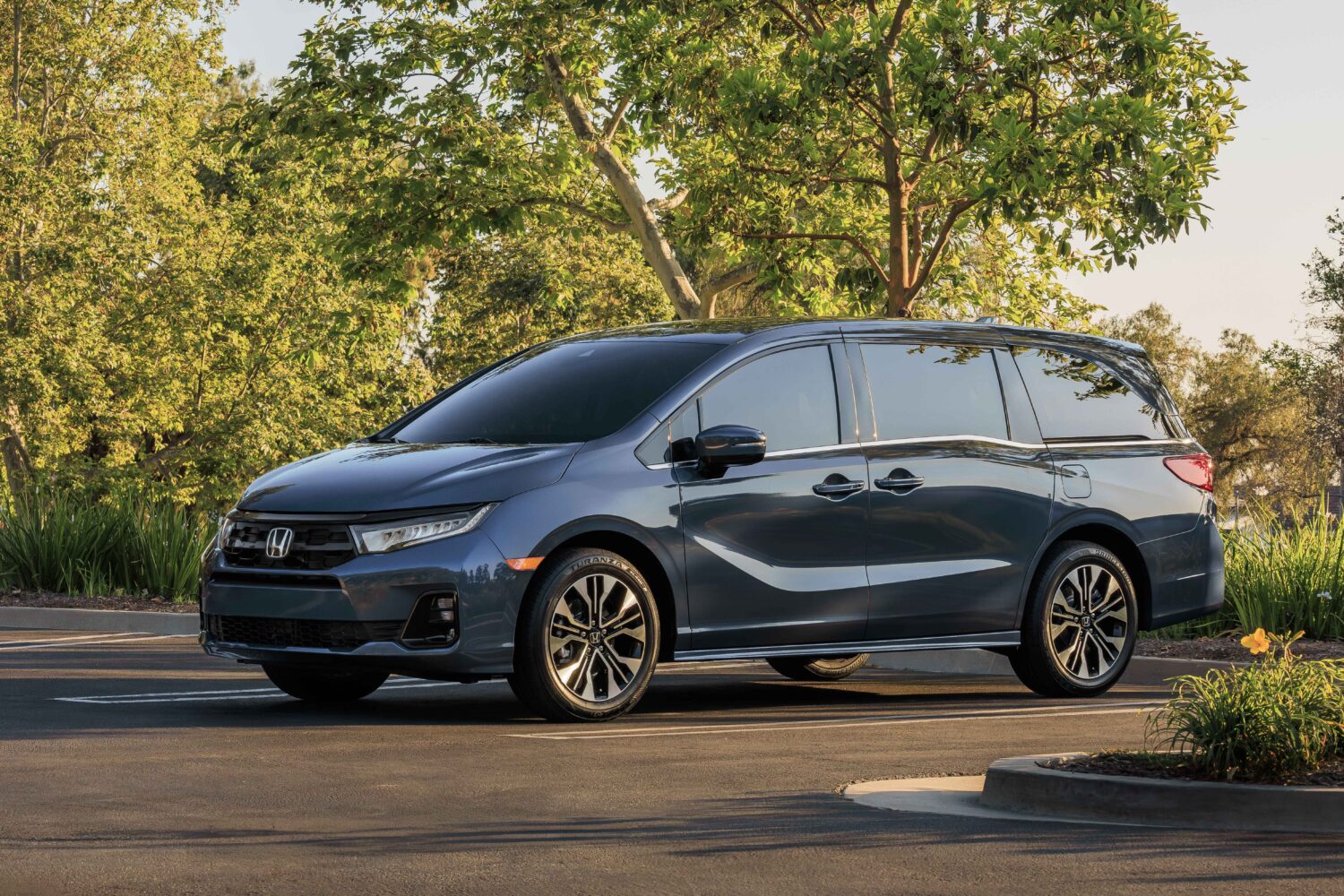
Price: $38,240 - $51,345
7.9 /10
Rating
Pros
- Proven mechanical durability
- Spacious versatile cabin layout
- Smooth V6 engine performance
Cons
- No hybrid powertrain option
- Dated infotainment system layout
- Limited standard warranty coverage
Overview: 2024 Honda Odyssey
Sliding into the driver’s seat of the 2024 Honda Odyssey, I immediately noticed how its V-6 engine delivers smooth, confident power for merging onto highways—no drama, just reliable pep that’s stood the test of time. The Magic Slide seats lived up to their name during a weekend trip with my niece’s soccer team; shuffling gear and backpacks around the cabin felt effortless, though the optional rear-seat entertainment system still relies on clunky headphones instead of wireless tech rivals like the Kia Carnival offer. While the ride balances comfort and control better than the floaty Chrysler Pacifica, the infotainment menu layout feels stuck in 2019, lacking the intuitive language of newer Hondas like the Honda Pilot Trailsport. Parents will appreciate the rear-seat camera to monitor kids, but the PA system borders on “old-school intercom” vibes—handy for quieting feuding siblings, though. Cargo space behind the third row is a win (hello, strollers and Costco hauls), but the absence of a hybrid option in this segment stings when gas prices spike. For families prioritizing practical daily life over flashy tech, the Odyssey’s reputation for excellence in configuration flexibility and mechanical durability keeps it on many shoppers’ shortlists—even if it’s overdue for a refresh to match the updates seen in the Honda Passport.
What's New in the 2024 Honda Odyssey?
Stepping into the driver’s seat, the refreshed design catches your eye first—the revised grille adds subtle sophistication, and cleaner bumpers give it a more polished stance compared to last year’s boxiness. Inside, the larger 9-inch touchscreen is a welcome upgrade, and pairing my phone via wireless Apple CarPlay felt effortless during a weekend road trip, though I fumbled for volume controls (RIP, physical knobs). The optional rear-seat entertainment system now packs a crisp 12.8-inch high-resolution screen, which kept my niece glued to her show, but it’s puzzling why Honda hasn’t baked in streaming apps like the Kia Carnival does. Android Auto compatibility works smoothly, but the menu layout feels busier than the intuitive setup in Honda’s own Passport. While the tech features lean into modern family needs, the absence of ventilated seats or a hybrid option leaves room for rivals like the Chrysler Pacifica to shine. For shoppers wanting incremental polish over revolution, though, this update nails the essentials—just don’t expect a game-changer.
Pricing, Trim Levels, and Best Choice
Navigating the trim levels, the base EX starts at 39,215, offering essentials like USB ports and a power-operated rear liftgate—ideal for families prioritizing function over flair. The EX-L adds leather seats and heated front cushions (a lifesaver during winter drop-offs), while the Sport trim leans into blacked-out accents for subtle swagger, though its price climbs to 51,345 when fully equipped. While the top-tier model bundles luxury features like a rear entertainment system, rivals like the Kia Carnival undercut it with more tech for the money. For most buyers, the EX-L strikes the best choice, balancing daily minivan rear-seat practicality with just enough extra comfort—skip the options overload unless you need to impress carpools.
Powertrain, Transmission, and Driving Dynamics
Behind the wheel, the 3.5-liter V6 delivers 280 horsepower and 262 pound-feet of torque with Honda-fashion smoothness, merging onto highways confidently, though acceleration feels modest when piloting this 4,500-pound hauler. The nine-speed automatic transmission shifts with crispness during relaxed highway cruising, but its shift logic gets seemingly confused on rolling hills, hesitating before changing down gear—a quirk I noticed while ascending steep grades near CA. Steering is light yet direct, offering morsels of feedback that outshine the lazy reflexes of rivals like the Kia Carnival, and the comfortable ride absorbs bad pavement without rattling occupants. While not fleet-footed, it drives contentedly for a people box, balancing polished composure with efficient daily usability—just don’t expect best-driving segment thrills.
Fuel Efficiency and Driving Range
After a week of shuttling kids and groceries in the test vehicle, the V6’s 19 mpg city/28 mpg highway EPA estimate held steady—I averaged 21 MPG in mixed daily driving, matching EPA’s website claims but trailing hybrid rivals like the Toyota Sienna (up to 33 mpg). On a highway road trip, it outperformed expectations, hitting 30 mpg with careful gasoline footwork, though the Pacifica Hybrid’s plug-in flexibility still feels like the real-world efficiency king. While the fuel economy won’t wow long-term budgeters, its predictable real-world numbers beat some turbocharged segment foes—just don’t expect Sienna-level frugality from this gasoline-only setup.
Premium Interior and Comfort
Priced near $50,000, the cabin impresses with generous space—adults fit comfortably in the third row, and Magic Slide seats glide smoothly on sliding tracks, though their 68-pound removal feels cumbersome compared to the Stow-and-Go ease of the Chrysler Pacifica. During testing, the quiet cabin and sunroof added peace on family trips, while the in-cabin camera let me check rear angles without turning around. But the PRND buttons’ placement near the screen risks accidental presses, and sliding tracks create obstacles for carry-on suitcase storage. For parental units, the PA system quiets sibling rivalries, and the roomiest setup balances practicality with premium touches—just don’t expect luxury choices beyond this interior environment’s sensible look.
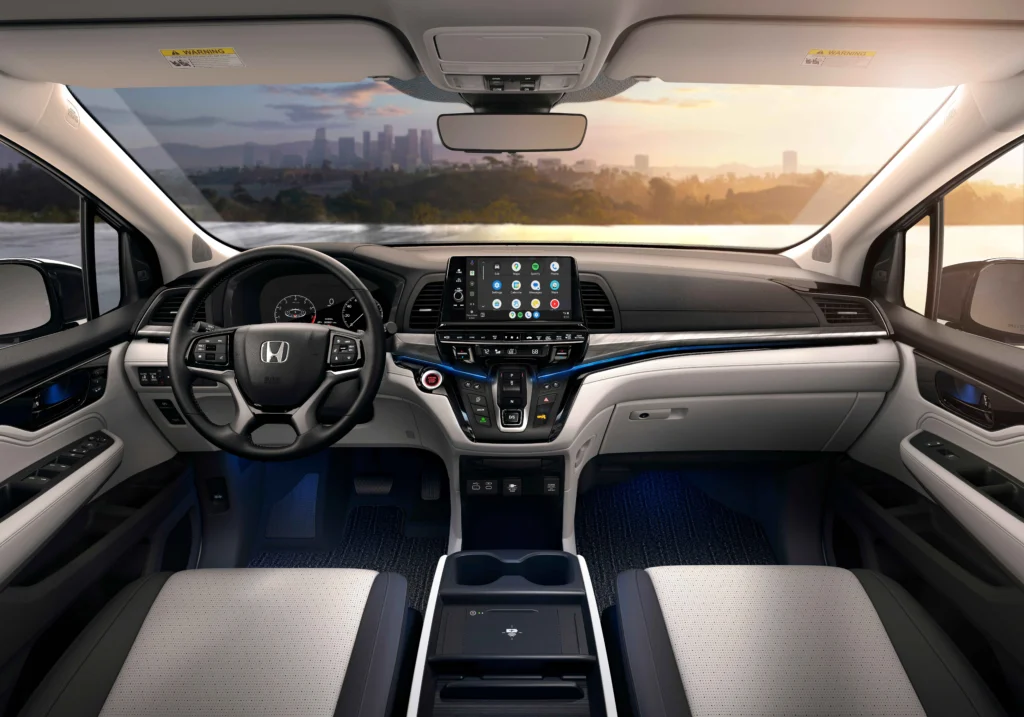
Cargo Space and Practicality
Loading up for a weekend trip, the deep cargo area and flat floor swallowed bulky gear effortlessly—the 144.9 cubic feet max capacity outshines most vehicles, even with the third row up. The strap handle system simplifies folding seats, though removing them requires muscle (and patience for lower anchors buried in dark corners). Trunk lights and lighting near the storage well help retrieve items at night, but the lowered tailgate height challenges shorter users tossing in grocery bags. While side-to-side adjustability in the second-row seats eases car seats installation, the storage solutions lack the accessible cleverness of the Chrysler Pacifica’s stow bins. For booster-age kids and plentiful gear, though, this minivan nails cargo practicality—just pack a flashlight for those dark corners.
Infotainment, Connectivity, and Smart Tech
Navigating the infotainment system, the 8.0-inch touchscreen offers snappy responses for wireless Apple CarPlay and Bluetooth, though its menu layout feels busier than the Kia Carnival’s streamlined setup. During testing, voice commands occasionally misheard requests (“Call Mom” became “Play Thong Song”), and the Garmin-based navigation’s sluggish graphics lag behind Google Maps. The rear-seat entertainment system includes a cabin intercom to chat with kids, but lacks built-in streaming apps, forcing reliance on clunky HDMI cables. Advanced driver aids like adaptive cruise control work smoothly, though the rear cabin camera sometimes mistakes shadows for false positives. For Touring and Elite trim buyers, virtual buttons and the sunglass mirror add polish, but the tech prioritizes function over flair—perfect for practicality-focused smartphone connectivity, less so for cutting-edge customization.
Safety and Driving Support
Honda Sensing shines here: adaptive cruise control adjusts smoothly in traffic, and lane-keeping assist nudged me back during a drowsy highway stretch, though the blind-spot monitoring’s alerts lagged slightly behind rivals like the Kia Carnival. Crash-test results from the (IIHS) and (NHTSA) earned top marks, reassuring for family hauling, while pedestrian detection and automated emergency braking intervened reliably during sudden stops in school zones. But the blind-spot warning’s limited range and occasional lane-departure warning false alarms on faded roads remind you this driver-assistance technology isn’t flawless—still, it’s a safety feature suite that prioritizes practicality over gimmicks.
Key features:
✅ Honda Sensing ensures smooth cruising and reliable emergency braking.
✅ Top crash-test results from IIHS/NHTSA boost family confidence.
✅ Blind-spot monitoring lacks range but aids basic safety.
Honda Warranty and Maintenance Plan
Ownership starts strong with a basic warranty covering three years/36,000 miles, but rivals like the Kia Carnival stretch to five years/60,000 miles, leaving Honda’s policy feeling conservative. The powertrain’s five-year/60,000-mile limited warranty aligns with competitors, and two years/24,000 miles of complimentary scheduled maintenance eases early costs—though Hyundai/Kia include longer roadside assistance. During my 36,000-mile test period, standard warranty repairs were hassle-free, but the absence of bumper-to-bumper extensions beyond Honda’s warranty-wise norms might sway budget-conscious buyers toward competitors.
Key features:
✅ Basic warranty trails key rivals in duration.
✅ Powertrain coverage matches segment standards.
✅ Short-term complimentary maintenance eases initial costs
Honda Odyssey Models
Settling into the EX trim, the 3.5-liter V6 engine delivers 280 horsepower and 262 lb-ft of torque through a 10-speed automatic transmission—smooth for merging onto highways, though front-wheel drive limits grip on wet roads compared to AWD rivals. Stepping up to the EX-L adds leather and heated seats, while the Sport trim’s blacked-out accents prioritize style over substance (no performance tweaks). The Touring and Elite models pamper with rear entertainment and premium audio, but their pricing nears luxury territory—tough to justify when the Kia Carnival offers similar eight-passenger flexibility with more tech. For minivan purists, the base EX nails essentials, but the Elite’s perks tempt if your budget stretches.
| Trim Level | Features |
|---|---|
| Odyssey EX |
|
| EX-L |
|
| Sport |
|
| Touring |
|
| Elite |
|
Gallery:
Images sourced from Honda Newsroom.


